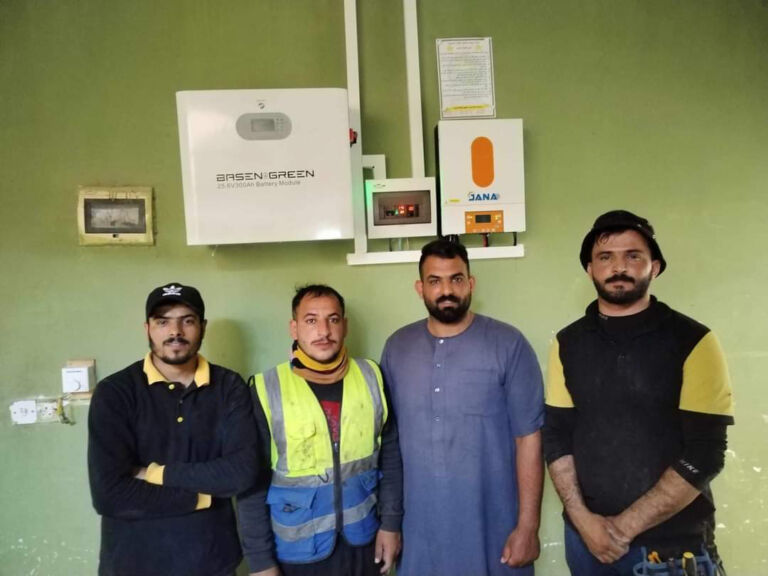How to Design Energy Storage Battery

When it comes to designing an energy storage battery, there are several factors that need to be taken into consideration. From the type of battery to the capacity and efficiency, each aspect plays a crucial role in the overall performance of the energy storage system. In this article, we will discuss the steps involved in designing an energy storage battery to ensure optimal results.
Types of Energy Storage Batteries
There are various types of energy storage batteries available in the market, each with its own set of advantages and disadvantages. Some of the commonly used energy storage batteries include lithium-ion, lead-acid, and flow batteries. It is important to carefully consider the specific requirements of the energy storage system before choosing the type of battery. Factors such as energy density, cycle life, and cost need to be taken into account when selecting the most suitable type of battery for a particular application.

Capacity and Voltage Requirements
The capacity and voltage requirements of the energy storage battery are crucial aspects that need to be carefully calculated during the design phase. The capacity of the battery determines the amount of energy it can store, while the voltage requirements dictate the electrical compatibility with the rest of the system. It is important to accurately determine the capacity and voltage requirements to ensure that the energy storage system meets the desired performance criteria.
Efficiency and Charging/Discharging Rates
The efficiency of the energy storage battery plays a critical role in determining the overall performance of the system. Factors such as the charging and discharging rates, as well as the round-trip efficiency, need to be carefully evaluated to ensure optimal energy utilization. The design of the battery management system also plays a crucial role in maintaining the efficiency of the energy storage system.
Safety Considerations
Safety is of utmost importance when designing an energy storage battery. It is essential to implement safety features such as thermal management systems, overcharge protection, and short-circuit prevention to ensure the safe operation of the energy storage system. Compliance with safety standards and regulations is also essential to guarantee the reliability and safety of the energy storage battery.
Environmental Impact
The environmental impact of the energy storage battery should also be taken into consideration during the design phase. Using environmentally friendly materials and implementing recycling programs for end-of-life batteries can help minimize the environmental footprint of the energy storage system.
Testing and Validation
Once the energy storage battery is designed, it is crucial to perform thorough testing and validation to ensure that it meets the specified performance criteria. This includes testing for capacity, efficiency, and safety under various operating conditions. Validating the performance of the energy storage battery is essential to guarantee its reliability and functionality in real-world applications.
Conclusion
Designing an energy storage battery requires careful consideration of various factors such as battery type, capacity, efficiency, safety, and environmental impact. By addressing these aspects during the design phase and conducting thorough testing and validation, an optimal energy storage battery can be developed to meet the specific requirements of a wide range of applications.




